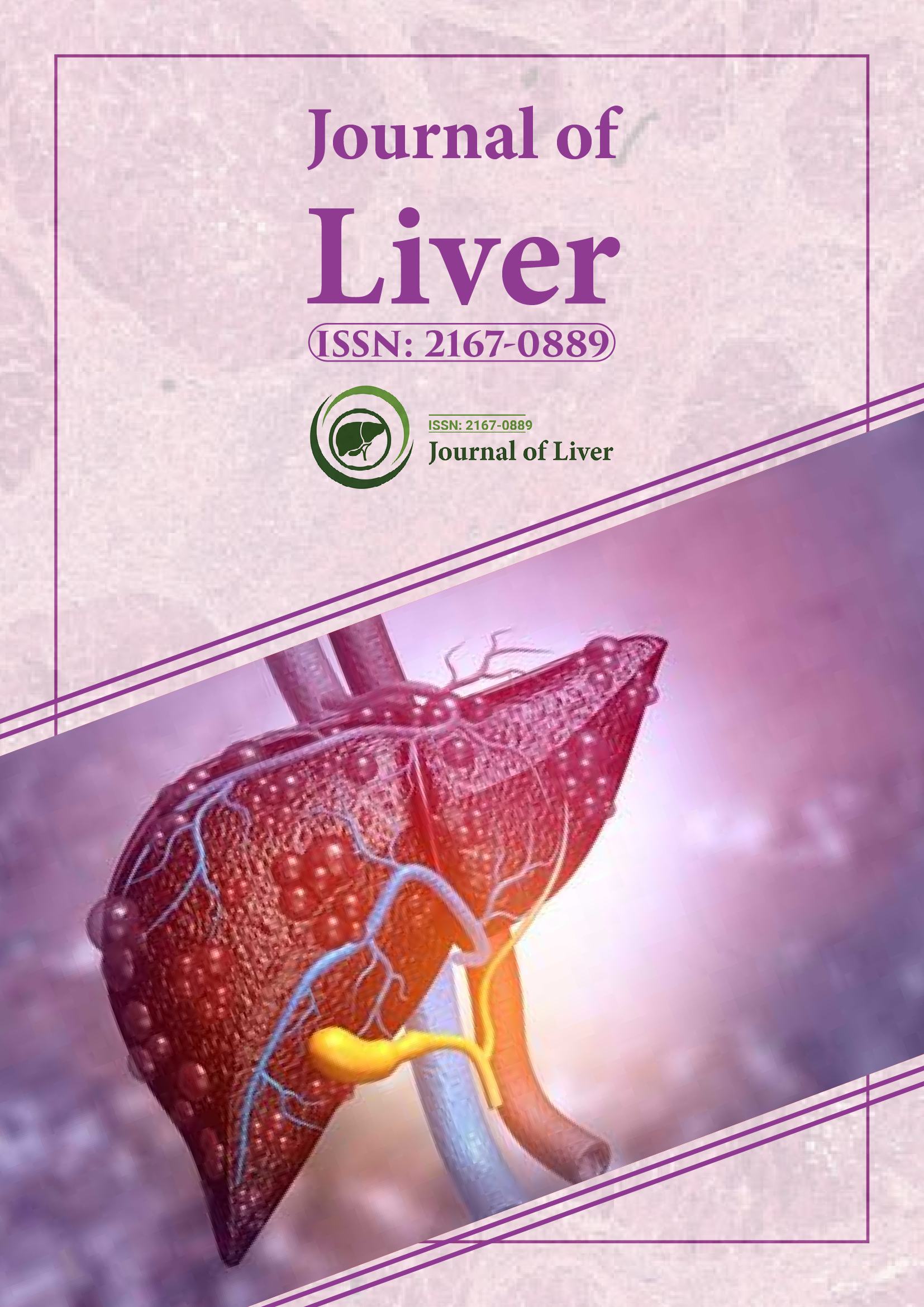Indexed In
- Open J Gate
- Genamics JournalSeek
- Academic Keys
- RefSeek
- Hamdard University
- EBSCO A-Z
- OCLC- WorldCat
- Publons
- Geneva Foundation for Medical Education and Research
- Google Scholar
Useful Links
Share This Page
Journal Flyer

Open Access Journals
- Agri and Aquaculture
- Biochemistry
- Bioinformatics & Systems Biology
- Business & Management
- Chemistry
- Clinical Sciences
- Engineering
- Food & Nutrition
- General Science
- Genetics & Molecular Biology
- Immunology & Microbiology
- Medical Sciences
- Neuroscience & Psychology
- Nursing & Health Care
- Pharmaceutical Sciences
Commentary - (2025) Volume 14, Issue 2
Vesicles in liver disease development and progression
Attila Tekes*Received: 26-May-2025, Manuscript No. JLR-25-29521 ; Editor assigned: 28-May-2025, Pre QC No. JLR-25-29521 (PQ); Reviewed: 11-Jun-2025, QC No. JLR-25-29521 ; Revised: 18-Jun-2025, Manuscript No. JLR-25-29521 (R); Published: 25-Jun-2025, DOI: 10.35248/2167-0889.25.14.252
Description
Hepatocytes, the primary functional cells of the liver, maintain systemic homeostasis through metabolic, detoxifying and secretory activities. In recent years, hepatocyte-derived Extracellular Vesicles (EVs) have emerged as significant mediators of intercellular communication, not only within the liver but also in distant organs. EVs, which include exosomes, microvesicles and apoptotic bodies, transport proteins, lipids, metabolites and nucleic acids between cells. Their content reflects the physiological or pathological state of hepatocytes, making them both mediators of disease processes and potential biomarkers for diagnosis and prognosis.
Research on hepatocyte-derived EVs has expanded considerably, showing that these vesicles are implicated in diverse liver conditions such as Nonalcoholic Fatty Liver Disease (NAFLD), alcoholic liver injury, viral hepatitis and Hepatocellular Carcinoma (HCC). Beyond the liver, hepatocyte-derived EVs also influence systemic metabolic regulation, cardiovascular function and immune responses. Understanding these processes is critical for identifying their role in pathophysiology and exploring therapeutic applications.
Characteristics of hepatocyte derived EVs
EVs can be classified into different subtypes depending on their size and biogenesis pathway. Exosomes are formed through endosomal sorting, microvesicles originate directly from outward budding of the plasma membrane and apoptotic bodies are released during programmed cell death.
Their lipid composition is also distinctive, including cholesterol, sphingomyelin and phosphatidylserine, which stabilize vesicle structure and influence target cell uptake. Because of their specific cargo, hepatocyte-derived EVs serve as molecular fingerprints of liver status, enabling their detection in blood and other body fluids.
Alcoholic liver disease
In alcohol-related liver injury, oxidative stress damage hepatocytes, leading to increased EV release. These EVs often contain mitochondrial DNA and pro-apoptotic proteins that stimulate macrophage activation and amplify inflammation. They also influence neutrophil function, perpetuating immune-driven injury in the liver. Circulating EV levels correlate with disease severity in patients with alcoholic liver disease, suggesting their diagnostic potential.
Viral hepatitis
In hepatitis B and C infections, hepatocyte-derived EVs can transport viral particles, viral RNA and proteins, contributing to viral persistence and immune evasion. EVs shield viral components from neutralizing antibodies and facilitate their spread to uninfected hepatocytes. At the same time, EVs modulate immune responses by delivering viral antigens to antigen-presenting cells, sometimes activating, but often impairing, effective antiviral immunity.
Hepatocellular carcinoma
Hepatocyte-derived EVs play a significant role in tumor initiation and progression. Tumor-associated hepatocytes release EVs carrying oncogenic RNAs and proteins that enhance angiogenesis, epithelial–mesenchymal transition and metastatic spread. EV-mediated transfer of specific microRNAs promotes tumor growth by inhibiting tumor suppressor genes in recipient cells.
Additionally, hepatocyte-derived EVs can influence the tumor microenvironment by modulating fibroblasts, endothelial cells and immune cells. Their stability in circulation makes them attractive non-invasive biomarkers for hepatocellular carcinoma diagnosis and monitoring.
Hepatocyte-derived EVs in extrahepatic diseases
Hepatocyte-derived EVs contribute to cardiovascular disorders by transporting lipotoxic molecules and inflammatory mediators that impair endothelial cells and accelerate atherosclerosis. In kidney injury, they deliver pro-inflammatory and pro-fibrotic factors that alter renal endothelial and tubular cell function, while also activating macrophages and promoting fibrosis.
They also interact with immune cells, influencing both innate and adaptive immunity. In viral hepatitis, they may suppress T-cell activation, whereas in metabolic liver diseases, they enhance inflammatory macrophage polarization. This dual function reflects the complex role of EVs in shaping systemic immune responses.
Hepatocyte-derived extracellular vesicles have emerged as key mediators of communication between the liver and other organs. They participate in the pathogenesis of a wide range of liver diseases, including NAFLD, alcoholic liver disease, viral hepatitis, and hepatocellular carcinoma, while also influencing cardiovascular, metabolic, renal, and immune function. Their unique cargo composition makes them valuable as non-invasive biomarkers, while their stability and transport capacity provide opportunities for therapeutic development.
Ongoing research is refining our understanding of their mechanisms, improving detection methods and exploring ways to translate laboratory findings into clinical tools. Hepatocyte-derived EVs thus represent an important frontier in hepatology and systemic disease research, with significant implications for diagnosis, prognosis and treatment.
Citation: Tekes A (2025). Vesicles in Liver Disease Development and Progression. J Liver. 14:252.
Copyright: © 2025 Tekes A. This is an open-access article distributed under the terms of the Creative Commons Attribution License, which permits unrestricted use, distribution, and reproduction in any medium, provided the original author and source are credited.
